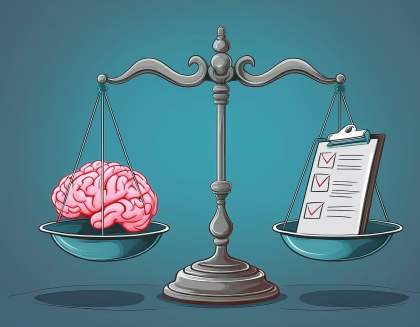Prior work notes dispositional, learned, and situational aspects of trust in automation. However, no work has investigated the relative role of these factors in initial trust of an automated system. Moreover, trust in automation researchers often consider trust unidimensionally, whereas ability, integrity, and benevolence perceptions (i.e., trusting beliefs) may provide a more thorough understanding of trust dynamics. To investigate this, we recruited 163 participants on Amazon’s Mechanical Turk (MTurk) and randomly assigned each to one of 4 videos describing a hypothetical drone system: one control, the others with additional system performance or process, or both types of information. Participants reported on trusting beliefs in the system, propensity to trust other people, risk-taking tendencies, and trust in the government law enforcement agency behind the system. We found that financial risk-taking tendencies influenced trusting beliefs. Also, those who received process information were likely to have higher integrity and ability beliefs than those not receiving process information, while those who received performance information were likely to have higher ability beliefs. Lastly, perceptions of structural assurance positively influenced all three trusting beliefs. Our findings suggest that a) users’ risktaking tendencies influence trustworthiness perceptions of systems, b) different types of information about a system have varied effects on the trustworthiness dimensions, and c) institutions play an important role in users’ calibration of trust. Insights gained from this study can help design training materials and interfaces that improve user trust calibration in automated systems.
Note: We used iMotion software program to record and parse emotions from facial expressions. This software can detect and readily output micro and macro level expressions for seven primary emotions (i.e., anger, contempt, disgust, fear, joy, sadness, and surprise) and two complex emotions (i.e., frustration and confusion). Facial expression analysis revealed that feedback present groups experienced fear emotion significantly less percent of the time overall compared to the feedback absent groups.










